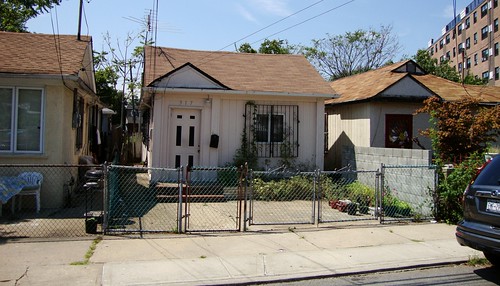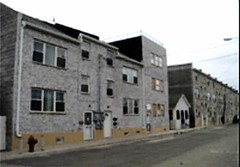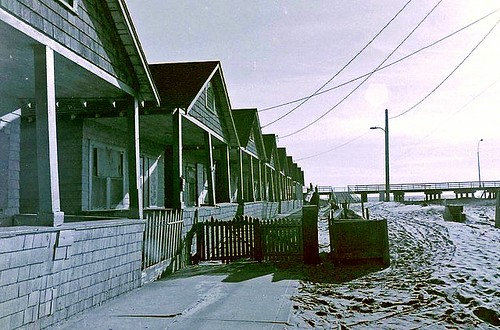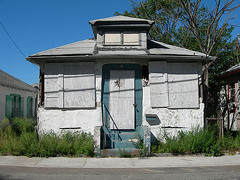The compelling story of the bungalows of Rockaway

Posted October 23, 2012 at 1:53PM
New York City's Rockaway peninsula, a onetime resort cluster of oceanfront communities in the Borough of Queens, once contained over 7,000 bungalows, "the vacation architecture of the working class." Today, fewer than 500 remain, and the community shows serious scars from decades of disinvestment, decline and neglect.
With more Americans demonstrating a preference for smaller homes, a documentary film about bungalows is timely. In The Bungalows of Rockaway, filmmaker Jennifer Callahan presents their story, as told by New Yorkers who once lived in them, have worked to save them, and are now restoring the small, single-family homes, mostly built in the 1920s. Over several decades in the 20th century, most were razed by developers in order to make way for the “urban renewal” of mediocre larger buildings that city officials now concede have been incompatible with the community’s scale and character close to the beach. By the 1980s, most of the damage was done.
Partially as a result of litigation, several years ago the city adopted a revised zoning code for the communities on the peninsula, designed to be more protective. From the city’s website:
“Over the past century, the Rockaway Peninsula has evolved from a summertime destination to a series of unique and varied oceanfront communities. In the last several years, the neighborhoods of the Rockaways have witnessed a rapid increase in new development, buoyed by the success of the Arverne-by-the-Sea project and the desirability of living at or near the city’s oceanfront. Much of the development, however, has been out of context with the existing neighborhoods due to outdated zoning that is largely unchanged from 1961. As a result, the neighborhoods have been threatened by new developments which are inconsistent with the prevailing scale, density and built character.
“The proposed [and now adopted] contextual rezoning changes aim to reinforce and protect the special character of the five Rockaway neighborhoods: Rockaway Park, Rockaway Beach, Somerville, Edgemere and Far Rockaway. The proposal would protect the low-scale of the peninsula’s distinctive housing stock, including nearly 200 of the Rockaway’s famed bungalows, as well as many blocks containing one-and two-family homes. The proposal would also provide for moderate retail and housing opportunities in select locations near transit and establish new regulations to address parking demand generated by new development.”
Many of the bungalows have fallen into disrepair. But there are now signs of revival, as artists and writers have begun to move in, “despite the area's reputation for crime and poverty,” according to a story by Nick Hirshon and posted on DNAinfo.com.
The plight of the bungalows, and the film about them, confront important issues regarding how to balance the old and new as a place evolves. In this case those questions are presented in the troubling context of neighborhood decline.
Researching this story, I found several interesting articles. Cara Greenberg, a self-professed “collector of old houses” who has written extensively in books and periodicals about historic architecture and design, has some particularly interesting posts about the bungalows and the film. In addition, the Beachside Bungalow Preservation Association, based in the community of Far Rockaway, is dedicated to the homes’ restoration and preservation. Earlier this year, the New York Times published a terrific series of photos of the bungalows by Holly Andres.
I confess that I have not seen the entire film, but now I really want to. I loved the trailer, as I suspect many readers will as well:
Related posts:
- When values collide: balancing green technology and historic buildings (June 25, 2012)
- What's going on with new home sizes - is the madness finally over? (February 9, 2012)
- The green dividend from reusing older buildings (January 24, 2012)
- Can we balance the old and new as a place evolves? (December 28, 2011)
- The importance of legacy to sustainability (November 28, 2011)
- Will this historic downtown recover? (photoessay) (May 6, 2011)
- The importance of context to green historic preservation (November 8, 2010)
Move your cursor over the images for credit information.





